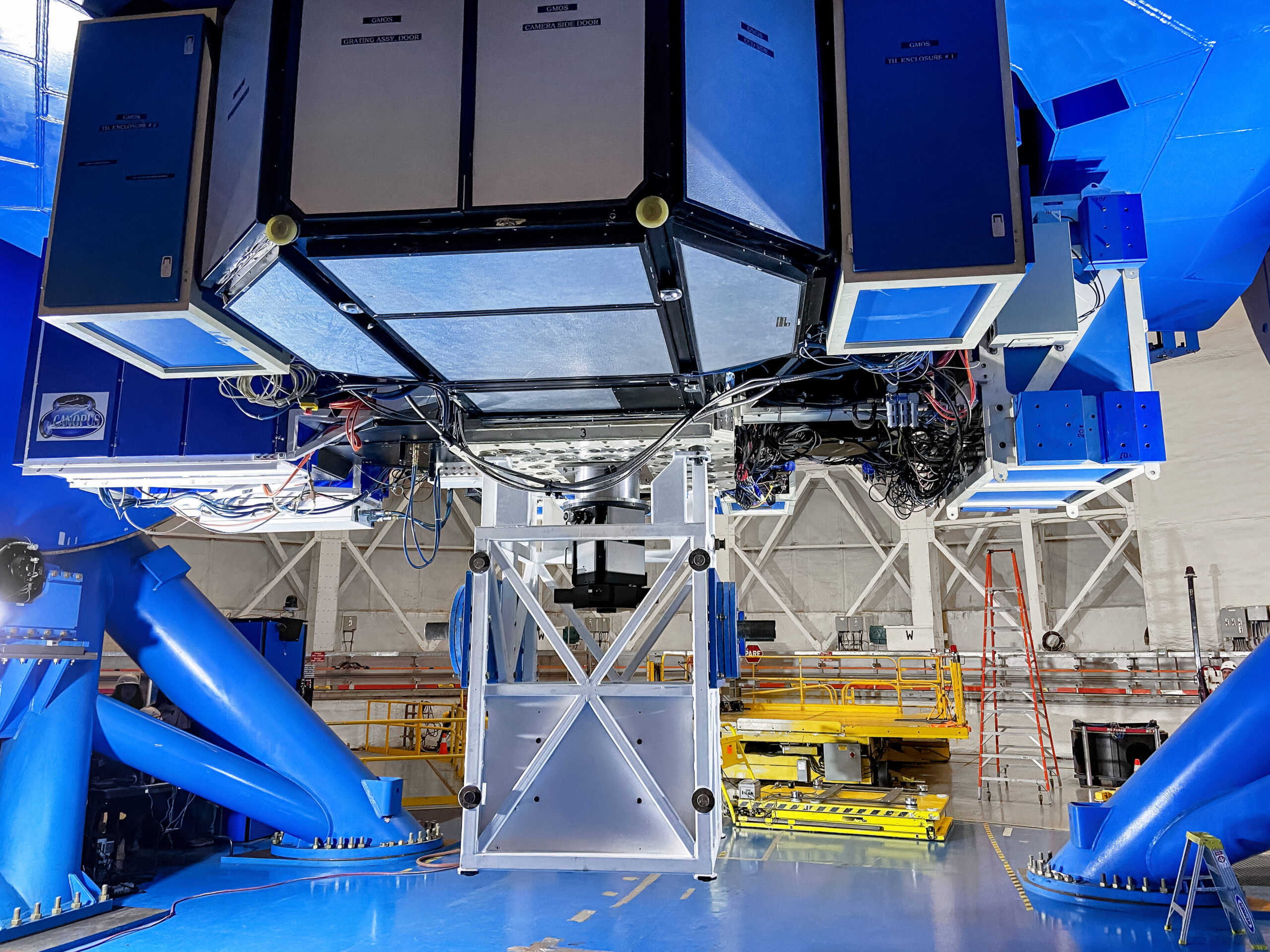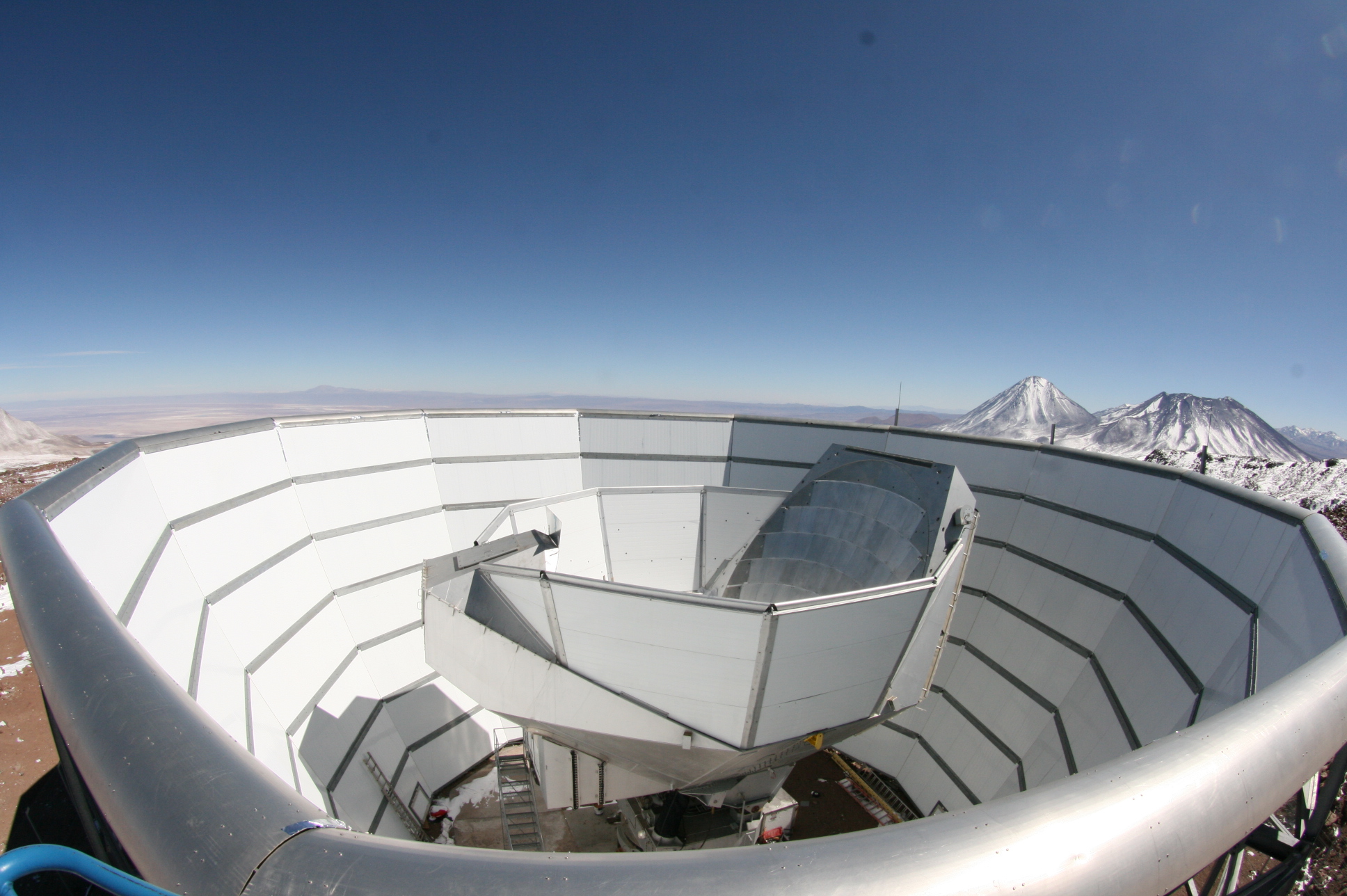
Curiosities of the Moon on the 55th anniversary of the first visit of human beings
This milestone made it possible to establish July 20 as Moon Day. Taking advantage of this occasion, the astronomer José Utreras, from the Center for Astrophysics and Related Technologies (CATA), tells us facts and striking aspects of our natural satellite that many do not know, such as the fact that it is moving away from Earth and that it has the remains of a human being.
This July 20 marks 55 years since man reached our natural satellite in Apollo 11 and Neil Armstrong pronounced that historic phrase for the bronze “One small step for man, one giant leap for mankind”.
Beyond this milestone, before and after, the Moon has been the space body that has most captivated us and generated studies.
“Despite the fact that we can see the Moon almost every day, there are many things we don’t know about it, from its formation to some of the ‘memories’ we have left on its surface”, José Utreras, in charge of Outreach Content at the Center for Astrophysics and Related Technologies (CATA), tells us on the occasion of this anniversary.
1.- It was generated by an errant protoplanet The main theory of the Moon’s origin indicates that it was probably formed after a Mars-sized body collided with the Earth some 4.5 billion years ago. The resulting debris from our own planet and the object that impacted it accumulated to form our natural satellite. Regarding its size, the Moon is 400 times smaller than the Sun. However, it is 400 times closer to the Earth, hence the apparent size of both bodies, seen from our planet, is practically the same.
2.- The Moon is moving away. The astronauts who visited it on the Apollo missions left five reflectors on its surface. Thus, by launching a laser pulse towards these mirrors from Earth, it gives us its distance with an accuracy of one millimeter. In this way, it has been established that the Moon moves away 3.8 centimeters per year, due to the tides it causes on Earth. On average, during its cycle, the Moon is about 384,400 kilometers away, enough space to place all the planets between the Earth and our natural satellite.
How close were they to each other in the past?
Computer simulations by astronomers indicate that the Moon would have been almost 15 times closer to the Earth than it is today.
3.- Full of craters Contrary to what many believe, the Moon is not a shield to prevent asteroids from hitting the Earth, because its gravity is lower than that of our planet and it is very far away. Nevertheless, it has more than 500 million craters with a diameter greater than ten meters, traces that may be up to 4 billion years old. These scars, many of which are visible to the naked eye or small telescopes, have been maintained because the Moon is not geologically very active and because it has little atmosphere, where there is no wind or rain, there is no surface erosion. However, its visible side has fewer craters. As the lunar crust in this area is thinner, being fragmented by large asteroid impacts in the past, it allowed the flow of magma from the interior of the Moon, covering the surface and erasing the traces of these collisions.
4.- We weigh less. Because the Moon has less gravity than the Earth, a person weighing 68 kilos on it would have a perception of only 11 kilos. Although it might seem idyllic to feel lighter, the temperatures on its surface make it a hellish place. With a day that has 14 days of light and 14 days of darkness, daytime temperatures on its sunny side reach 134 ºC and on the hidden side it reaches a cold -153 ºC.
5.- An ugly footprint. Going to explore our natural satellite has also had negative consequences. Before Neil Armstrong set foot on its soil, the Apollo 11 crew dropped a bag containing 30 kilos of garbage and human waste. It is estimated that the various expeditions and probes sent to the Moon have accumulated 181,000 kilos of debris. Among these are a hammer and a hawk feather that were used to experimentally verify that, with much less gravity than on Earth, both objects fall to the ground at the same time. There is also a golf club used by an astronaut to practice golf for a few brief moments. And, incredible as it may seem, the mortal remains of a human being remain on the lunar soil. He is Eugene Merle Shoemaker, a pioneer in solar system exploration and lunar science. On July 31, 1999, NASA’s Prospector probe, intended to search for ice at the Moon’s south pole, left an eight-centimeter vacuum-sealed aluminum urn containing his ashes.
Recent news
-
 Publicado el: 08/05/2025CATA’s General Manager participated in the Dual Hub Summit in Concepción
Publicado el: 08/05/2025CATA’s General Manager participated in the Dual Hub Summit in Concepción -
 Publicado el: 05/05/2025New Board of Directors takes office at CATA
Publicado el: 05/05/2025New Board of Directors takes office at CATA -
 Publicado el: 02/05/2025CATA Astronomer, Mónica Rubio, receives the Rector Juvenal Hernández Jaque Medal
Publicado el: 02/05/2025CATA Astronomer, Mónica Rubio, receives the Rector Juvenal Hernández Jaque Medal -
 Publicado el: 30/04/2025CATA researcher participates in France in an international meeting for the PLATO space mission
Publicado el: 30/04/2025CATA researcher participates in France in an international meeting for the PLATO space mission -
 Publicado el: 28/04/2025CATA researchers receive UC Teaching Excellence Recognition Award
Publicado el: 28/04/2025CATA researchers receive UC Teaching Excellence Recognition Award
Categories list
- Acknowledgments 15
- Astrobiology 3
- AstroCluster 1
- Black holes 9
- Corporativo 44
- Cosmology 1
- Descubrimientos 16
- Disclosure 38
- Exoplanets 13
- Extension 3
- Galaxies 15
- Galaxies formation 1
- Inter y Transdisciplina 2
- Local Universe 12
- Publications 4
- Sin categorizar 31
- Solar System 8
- Stellar formation 4
- Technology 8
- Technology Transfer 10

